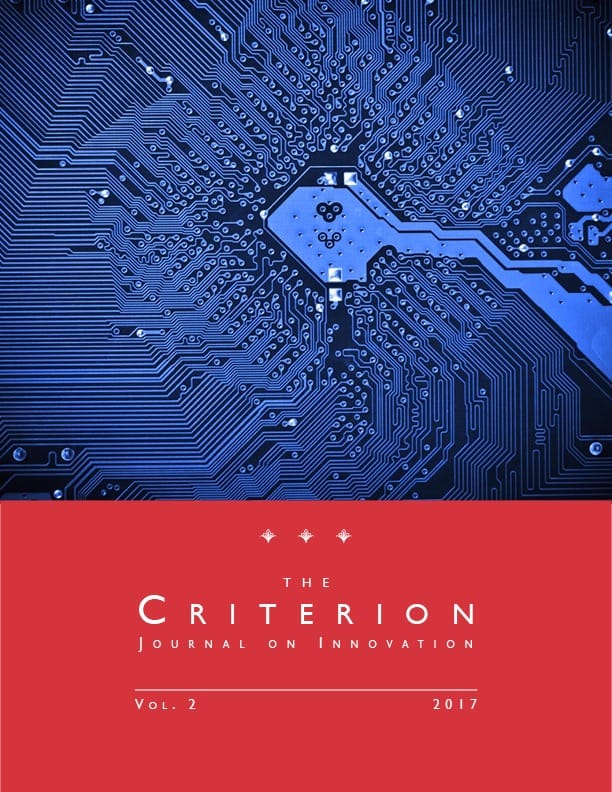Is Harm Ever Irreparable?
Purchase a reprint version of the Article (Amazon) | Read the Article (PDF) | Download the Article (PDF) Download the Article (PDF)Economic analysis yields three insights on the meanings of irreparable harm. First, the interpretation of “irreparable” harm as immeasurable harm has diminishing plausibility. Quantitative and empirical methods are generally sufficient to estimate injury in business disputes with reasonable confidence. Second, harm can be irreparable because the infringer cannot afford to pay damages, but other vehicles exist to address that problem of undercapitalization—namely, bankruptcy law and the market for corporate control. Third, legitimate grounds remain for finding irreparable harm and issuing an injunction when the court’s failure to do so would reduce consumer or producer surplus by reducing static or dynamic efficiency. In this third category, the reliable quantification of the destruction of value may be challenging when assessing dynamic inefficiency.
In contrast to the existing jurisprudence on injunctions, my three interpretations of irreparable harm would focus the objective of injunctive relief on averting the destruction of value caused by patent infringement, not the transfer of wealth from the patent holder to the infringer. The same logic would apply more generally to any form of involuntary exchange, including compulsory licensing or the forced sharing of valuable assets with competitors under competition law.
Consider the following question: when would a court ever need to grant injunctive relief to remedy the invasion of the plaintiff’s property rights? I do not find any of my three economic interpretations of “irreparable harm” to have great explanatory power in answering this question. So I offer a new conjecture.
Although courts are comfortable with the counterfactual framework of the hypothetical, voluntary exchange, I hypothesize that they are uncomfortable with including large estimates of opportunity cost in the bargaining range of that model. Perhaps courts (and competition authorities, for that matter) do not fully understand the implications of Armen Alchian’s definition that cost in economics means opportunity cost. This unease increases if the would-be licensor’s opportunity costs exceed the would-be infringer’s maximum willingness to pay. (This condition is a standard fact pattern in any of the high-profile margin squeeze cases in Europe and the United States, in which the wholesale price of access to the essential input exceeds the retail price that the vertically integrated firm charges in the downstream market.)
Perhaps, too, courts care about appearances concerning their institutional competence. If no transaction occurs when the would-be licensor’s opportunity costs exceed the would-be infringer’s maximum willingness to pay, it may appear to outsiders to be the court’s fault in setting too high an access price. Consequently, when a court recognizes that the bargaining range is negative, it may prefer to grant a permanent injunction instead of awarding the patent holder damages that exceed what the infringer would have been willing to pay in a hypothetical, voluntary negotiation.
If my conjecture is correct, it may signal an innate appreciation by courts of the Coase Theorem. If the would-be licensee does not value the would-be licensor’s asset at the level of the would-be licensor’s opportunity cost, the court will have no comparative advantage over a bilateral negotiation in making a transaction occur that increases social welfare. Rather than state publicly that the correct price emerging from a hypothetical, voluntary transaction would exceed the would-be licensor’s willingness to pay, the court may prefer to say that it cannot measure the harm from the unauthorized use of the asset. In that case, the court would issue a permanent injunction, which would permit the parties’ own post-injunction negotiations to confirm, in private, the conclusion that no gains from trade exist.

Cite as
J. Gregory Sidak, Is Harm Ever Irreparable?, 2 Criterion J. on Innovation 7 (2017).
